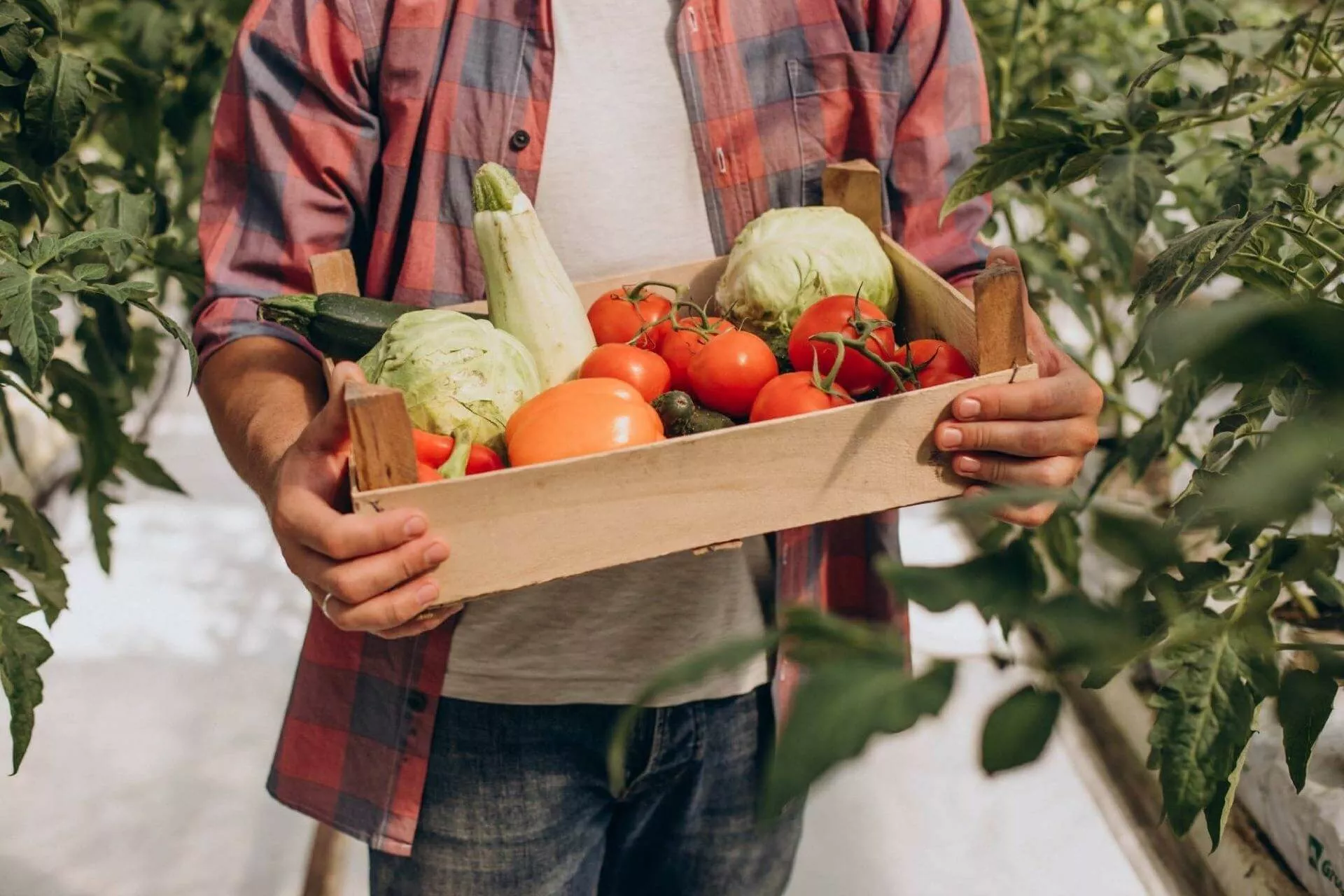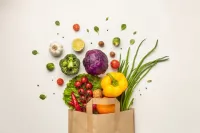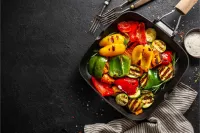Go Local!
The best way to start is by researching what is grown local to the area you live in. By understanding and choosing the produce local to you, seasonality will just fall into place without you having to worry too much about the seasons. If the farmers can’t grow it, then you can’t buy it – this will eliminate any confusion. This the perfect chance to hit your local farmers markets or go direct to the farms themselves. An ever increasing trend is farmers creating 'honesty' shops at the entrances to their property where you select what you want and pay into the honesty box from a price list. This also reduces your carbon foot print by eliminating transport and also gives the profits direct to the farmers themselves.
Use preserving techniques where possible!
Canning, pickling and freezing are the perfect techniques for preserving surplus crop; eliminating food waste is the primary concern here. Tomatoes can be turned into passata, they need to be blanched, peeled, and then pulverized down before canning into a smooth tomato base. A technique for preserving your tougher leafy greens is to blanch and shock then freeze them. Remember to squeeze as much water out of them as possible first. If you are ever in doubt, think, pickle it! There are very few vegetables that don't taste great after being pickled, this can include carrots, corn, beets and even turnips. This technique will keep you in food well into the end of next winter season and is something people all over the world have been doing for generations. Don't be afraid to give it a try.
Fill the pantry with all season staples
If you are lucky enough to live in a climate where vegetables can be grown all year round due to it being sunny, great for you. However, most of us have to go without during the off-season or pay a higher price for imported vegetables. A perfect way to counter this is to fill the pantry with preserved, dried or canned food that will last all year round, no need to spend your days eating gruel and dry crackers. Start with selecting the condiments and dried herbs you will need and have an idea in your head of the seasonal menus and dishes you will want to prepare as that will make this process a lot easier. Then start to look to dried cured meats, aged cheeses, roasted nuts, bottled olives and an assortment of canned fish (there are more than just tuna). Finally your carbohydrates like dried pasta (mix it up with different pasta types and shapes to provide variety), chewy whole grains like barley and farro. Put in the hard work now to make your meal preparation in the future a smoother and more efficient operation.
Jazz-up your Preserved Ingredients
A sure fire way to make your canned and preserved vegetables taste a lot better is to add some extras. Plain tomato sauce can be boosted by first roasting them with anchovies, butter, garlic and rock salt, you can also add fresh basil. To bring out the flavor in jarred red peppers the perfect complement is to add paprika, cherry vinegar and red onions, this is really such a great combination it will take the starring role in any salad or healthy dish, even great to eat on a sandwich! Your family will be impressed.
Take it easy on yourself, really!!
Sometimes you just really crave raspberries in January or a tomato in February. It’s normal, we understand and have been there ourselves. It is okay to buy imported and it is not exactly easy to fill a pantry with your own preserved or canned goods, due to life’s other commitments getting in the way. Many chefs consider a handful of ingredients must haves no matter what the season, squash, apples and cucumbers to name a few. Will an imported apple shipped in from some far off land taste any less sweet than local bought in season apples? Of course not, you have to just go with what is available at the time.
The real message is to get involved with locally grown produce while it is in season at the farmers markets in your area. Trying techniques like canning and pickling can seem daunting at first but the more you try, the easier it will become and before you know it, you will have a pantry that is overflowing with produce all year round.

 10 Healthy Springtime foods and How to Prepare Them
10 Healthy Springtime foods and How to Prepare Them How to Grill Vegetables
How to Grill Vegetables



